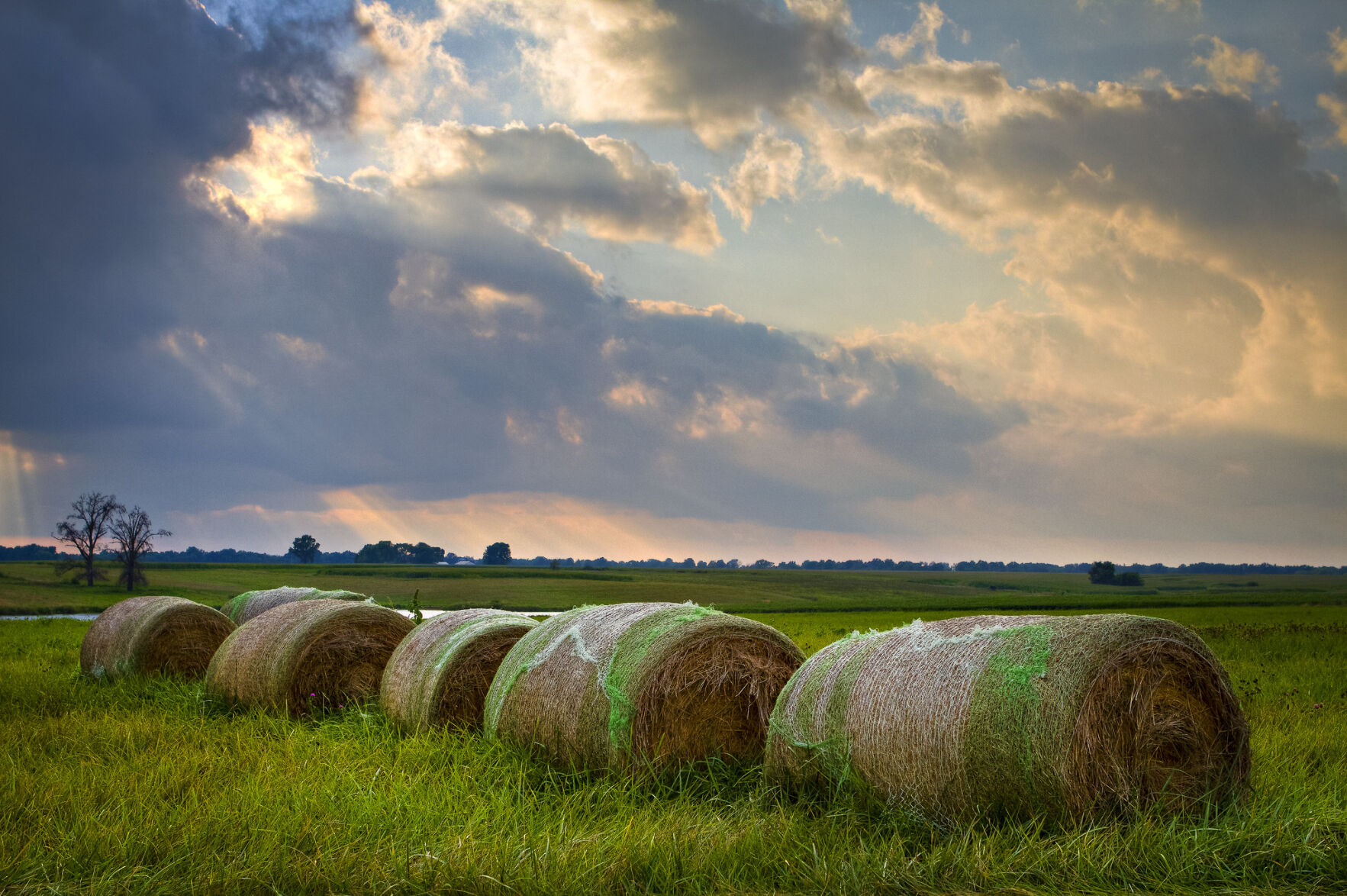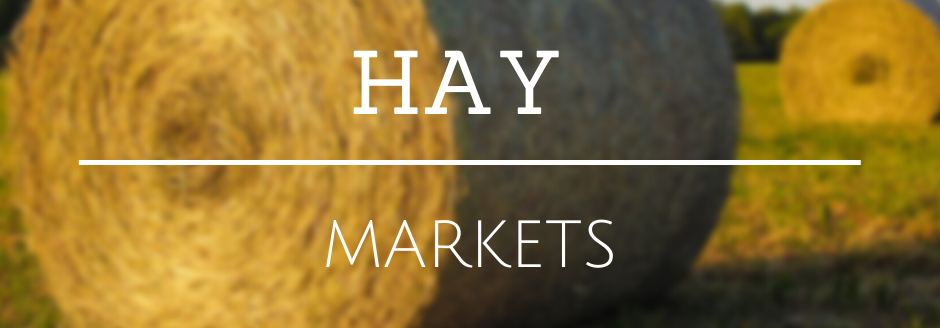State-By-State Hay Summary

Colorado—In the March 7 report, compared to the last report, trade activity light on light to moderate demand. Stable hay sold mostly steady.
Missouri—In the March 7 report, compared to last report, the supply of hay is light to moderate, demand is moderate, prices are unevenly steady. Much needed rain is falling around the state. The latest drought monitor is showing 99.5% of the state in abnormally to moderately dry so some moisture would be very welcome as grass is growing and spring seems to be here. Several farmers got fertilizer spread over the last week or two so the rain should give them the full benefit of that.
Nebraska—In the March 7 report, compared to last report, trade activity thin on light demand. Oat hay 3×4 squares in western Nebraska were thinly tested, selling $10/bale lower. Ground and delivered hay sold steady. Alfalfa pellets steady. Carry over on 2023 hay is likely with current supply and low offers from the buyer end of the market. Some growers are looking to donate hay to Texas ranchers to help feed cattle affected by the fires in the Texas panhandle.
Oklahoma—In the March 1 report, compared to the last report, the demand and trade remain low. Most hay producers are still not trading much hay and only delivering to long-time customers. They are also trying to help and do what they can for the fires that occurred in western Oklahoma and Texas. Next report will be released March 15.
Texas—In the March 8 report, compared to last report, hay prices are mostly steady. Trading activity was moderate on moderate demand. A lot of donated hay is moving into and across the state this week to help cattle producers in the Panhandle that have suffered major losses due to the wildfires moving across the region. Field prep for planting is taking place across most regions. Sporadic moisture has been reported across different regions in the state and the U.S. Drought Monitor shows that nearly 56% of the state is not in a drought. In fact only 2% of the state is in the exceptional drought category. With that being said, most of the state will still need a good spring to push pastures, hay fields, and crops. Next report will be released March 22.
South Dakota—In the March 8 report, compared to last report, alfalfa hay is weak. Moderate demand at best for dairy quality alfalfa. Light demand for alfalfa round bales as the very mild winter has allowed beef cattle operators to feed less hay. The temps remain above normal, no snow in the forecast either. March is typically the snowiest month, but that has yet to materialize. Temps early next week forecast to be near 70 degrees.
New Mexico—In the Nov. 24, 2023 report, compared to last report, alfalfa hay steady. Trade active, demand good. The the state is 73% complete with fifth cutting, 54% with sixth cutting. Most parts of the state are wrapping up harvest for the season. According to New Mexico Crop Progress report as of Nov. 12, 2023. Hay and roughage supplies improved slightly from the previous week but remained in worse condition than prior years. Hay and roughage supplies were observed to be 25% very short, 42% short, 30% adequate, and 3% surplus. At 14% very short, 37% short, 45% adequate, and 4% surplus, stock water supplies were on par with the 5-year average. This is the last report for the season, reports will resume in spring 2024.
Wyoming—In the Feb. 29 report, compared to last report, hay sales sold steady. Demand remains light. Some producers are thinking they will have to lower their asking prices to finish cleaning out their hay barns before first cutting of alfalfa hits the sheds in June. All types and qualities of hay left at most producer’s piles. Next report will be released March 14.
Montana—In the March 8 report, compared to last report, hay sold fully steady. Hay sales were light again this week, but similar to the week prior. Supplies of utility and fair quality hay remain very high. Ranchers have started to buy hay in case drought conditions worsen. Several loads of hay were purchased this week for that purpose. Hay testing over 150 relative feed value is selling with the best demand as supplies of good and higher quality hay are the lightest. High test hay (premium and supreme) is in very short supply and buyers continue to search for high test hay, practically for dairy use. Several loads of high test hay were shipped east to Wisconsin and Minnesota dairies this week. The best demand for feeder quality (utility and fair) hay remains around $150/ton delivered. Demand for straw is light as heavy straw supplies continue to be seen especially in the northern portion of the state. Mild weather and not much snow has kept both straw and hay usage low. Single load sales of straw continue to move at steady money from time to time, however many producers have lowered asking prices in an attempt to move volume as supplies remain high.


